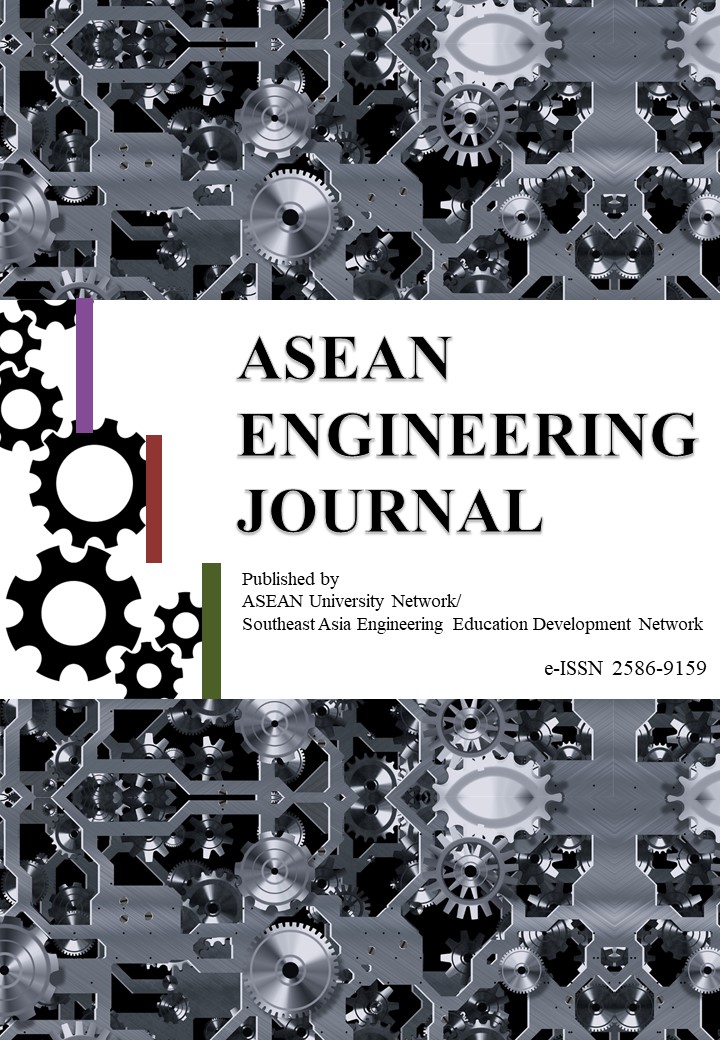CATALYTIC ACTIVITY OF VANADIUM OXIDE DOPED WITH PALLADIUM NANOPARTICLES ON OXIDATION OF 5-HYDROXYMETHYLFURFURAL
DOI:
https://doi.org/10.11113/aej.v10.16593Keywords:
FDCA derivatives, Heterogeneous catalyst, HMF, Oxidation, Pd/V2O5Abstract
2,5-Furan dicarboxylic acid (FDCA) is a bio-based chemical used as a feedstock for a wide range of industrial applications - particularly the bioplastic industries. It is derived from 5-hydroxymethylfurfural (HMF) through a reaction of oxidation using either homogeneous or heterogeneous catalysts. According to the advantages of heterogeneous catalysts, this research aims to seek a novel catalyst type with high selectivity and high activity. We performed an investigation of the synergic effect of palladium nanoparticles and V2O5 catalysts on catalytic oxidation of HMF and physicochemical properties. A commercial vanadium oxide powder (V2O5) was doped with 1 wt.% palladium nanoparticles (Pd NPs). The Pd NPs were prepared by the colloid-chemical reduction method. Two different synthesis processes were performed base on the consequence of the combination of colloid-chemical reduction and immobilization steps, herein stepwise (ST) and simultaneous (SI) process. For the ST process, Pd NPs were reduced and then immobilized on V2O5 powder. During the SI process, the reduction and immobilization steps took place simultaneously. Physical and chemical properties of a prepared catalyst such as morphology, particle size distribution, and chemical structure and composition were characterized using various techniques, e.g. TEM, BET, X-ray diffraction, UV-vis spectrophotometer. It was distinctly found the synergic effect between Pd NPs and V2O5 catalysts on the surface catalytic activity of HMF oxidation and catalytic selectivity. The Pd NPs incorporated catalysts (ST and SI processes) gave catalytic activity at 63%, which are 2-fold in catalytic activity in comparison with bare V2O5 catalysts as well as they were selective to FDCA up to 19-24%. The step of catalyst preparation slightly influenced on catalytic activity and yield of FDCA; however, it did alter particle size distribution of Pd NPs and surface characteristics
















